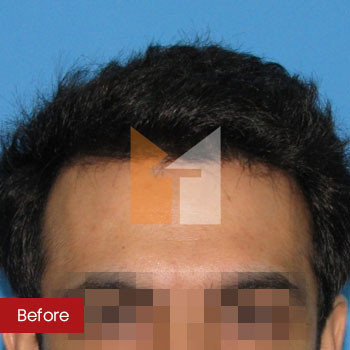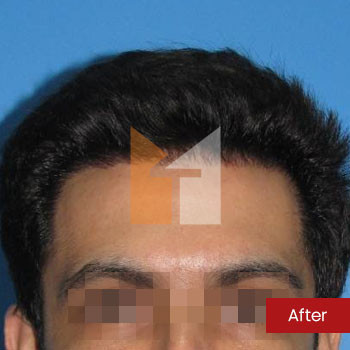Hair Restoration
Loss of hair and baldness is an embarrassing situation for both men and women. It is often a cause of distress and can lead to a loss of self-esteem and confidence. Moreover, it can also give an appearance of premature ageing. That is why many people look towards advancements in hair restoration for a solution.
For those looking for a permanent and natural solution to hair loss, surgical hair transplants are the ideal solution. Over the past few years, different methods like wigs and hair weavings have been used to replace lost hair. Even though they do a reasonable job of hiding hair loss, they are not the same as real hair. Even worse, these solutions are not permanent and require regular upkeep and thus expenses.
What is a surgical hair Translate?
Types of hair transplant surgery
Follicular unit transplantation (FUT)
Follicular Unit Extraction (FUE)
What to expect during hair transplant surgery recovery?
As soon as the surgery is done, the recovery process begins which can take 7-10 days. Here is a general timeline to help you understand what you expect after hair transplant surgery.


